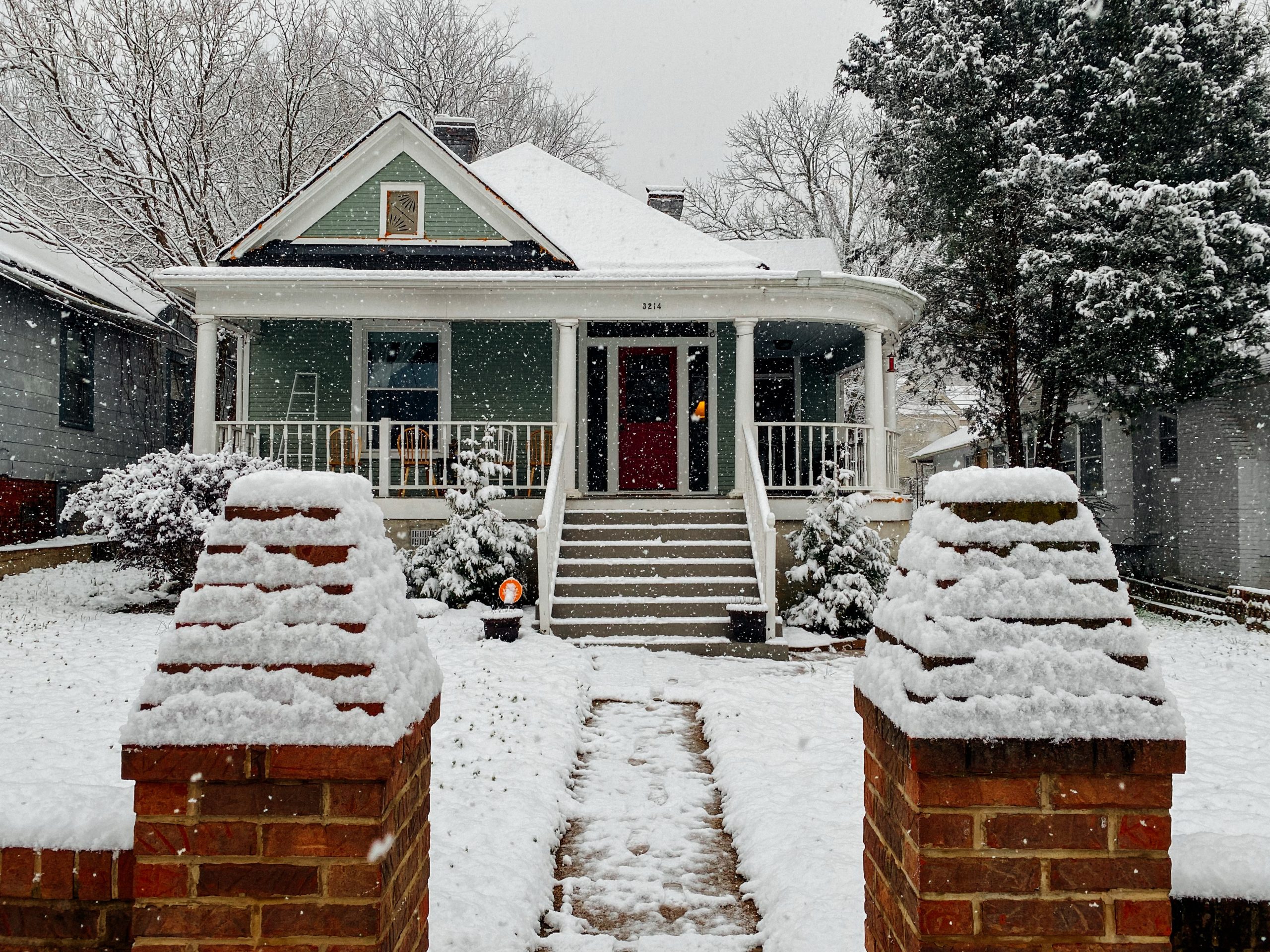If you’ve tested your home for Radon at different times of the year, you probably noticed a spike in colder weather, but why is that? Perhaps even more importantly, should this be a concern to you?
Here are a few things that can contribute to a spike in your Radon levels during the winter:
The ground could be frozen
Normally, a lot of Radon gas escapes through your yard, but when the ground freezes that becomes more difficult and the path of least resistance becomes your home. As a result, while you may have lower levels at other times of the year, you may see a significant spike during colder weather. This is particularly true during extended periods of below-freezing temperatures and heavy snow fall.
There may be heavy snow accumulation
Heavy blankets of ice and snow can create a barrier preventing Radon gas from escaping through your yard. As Radon gas accumulates below the surface, it will have to find somewhere to go, and this will often be your home.
Your house will be closed up
During the winter, we close up our homes to keep the cold out and the heat in, but that can also trap Radon in your home. With nowhere to go, Radon gas can accumulate, reaching levels much higher than other times of the year.
Your heat will be on
While Radon gas migrates up to living spaces from your basement naturally, the spike can be even more noticeable if you have forced air heat. As your furnace draws in air, it can pull Radon saturated air and circulate this throughout your home. This can lead to an increase in Radon levels on the first and second floors that would be uncommon in warmer months.
Should this be a concern to you?
Recognized as the 2nd leading cause of lung cancer in the United States and the leading cause among nonsmokers, high Radon levels should always be a concern to homeowners and occupants. Given the known health effects of Radon exposure, the Pennsylvania DEP has recommended any homes with Radon levels at or above 4.0 pCi/L have a Radon Mitigation System installed to reduce potential exposure by occupants.
*Please note that, as Radon levels can change, the Pennsylvania DEP further recommends that homes that previously tested with high levels of Radon be retested once every two years. Homes that tested below the 4.0 pCi/L action level and did not require a mitigation system should be retested once every 5 years. All homes should be retested following the completion of renovations or additions to the home.
More about Radon
- Radon is colorless, odorless, and tasteless, so testing is required in order to determine if, and to what extent, a home has a Radon issue.
- 40% of homes in Northeastern PA are estimated to have Radon levels at or above the 4.0 pCi/L action level.
- Radon is a radioactive gas that results in as many as 22,000 deaths in the United States each year.
- Radon levels can be dramatically reduced with the installation of a Radon Mitigation System by a properly licensed and qualified Radon Mitigation Contractor.
- Despite Radon levels spiking during winter months, the most common time for the installation of Radon Mitigation Systems is the summer. This is because many Radon Mitigation Systems are installed as part of real estate transactions.
- Other factors that can cause a Radon test to spike are poor weather including rain and heavy winds!
About Disaster Blaster
Disaster Blaster is an indoor environmental firm serving the Northeastern PA Area. We have been providing our local area with unparalleled radon mitigation, water damage mitigation, basement waterproofing, mold remediation, asbestos abatement, and fire / smoke restoration services for decades, and are proud to have been named The World’s Greatest Indoor Environmental Firm. For more about Disaster Blaster, as well as more helpful tips, please visit our website at: www.disasterblaster.com or call our office at (570) 963-1123.


